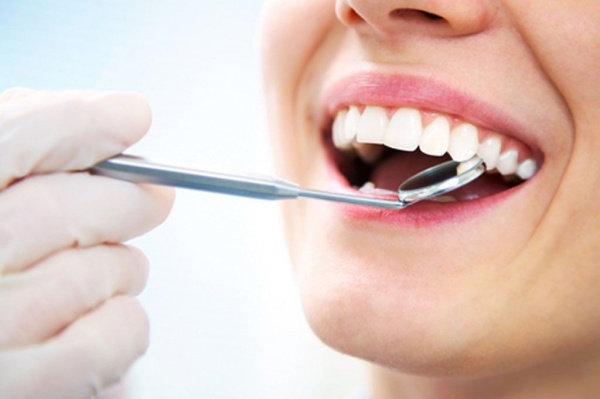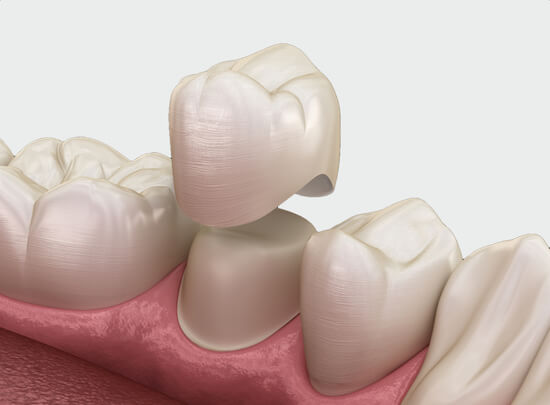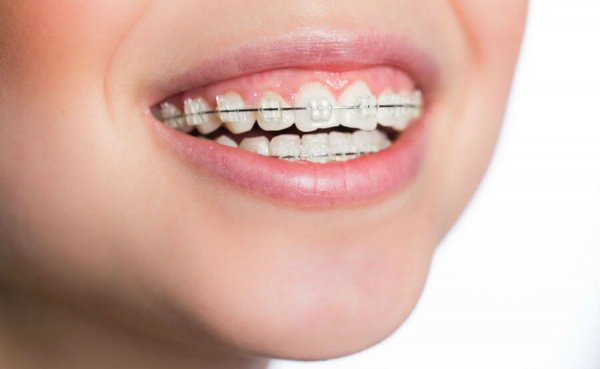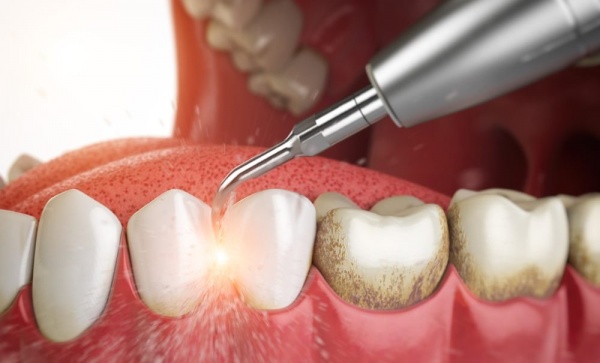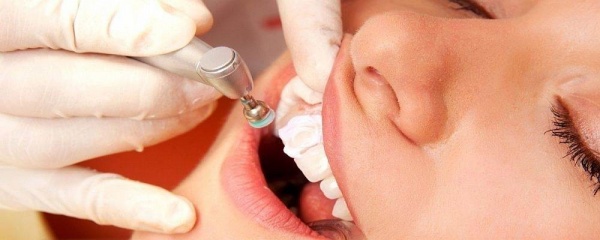Veneers are thin overlays that are attached to the front side of the front teeth. They hide flaws in the native enamel, change the shape of the teeth and dramatically transform the smile.
Do not confuse veneers with crowns. Crowns cover the visible part of the tooth on all sides like a cap. They primarily restore the anatomical shape and function of the tooth when it is severely decayed. Aesthetics are also important, but with crowns they are not the main thing.
Veneers come in many forms. Conventionally, all restorations called veneers can be divided into two large groups - direct and indirect.
- Straight veneers are composite veneers. Strictly speaking, they are called veneers by convention. They are formed from the filling material directly on the tooth of the patient (hence the name "direct"). The material is applied to the tooth surface layer by layer in liquid form, and each layer is cured under the light of a special lamp.
- Indirect veneers are all other veneers. They are made individually in a dental laboratory from more expensive, stronger and higher quality materials. These are the ones that shine in the smiles of Hollywood stars. And there is a much wider choice.
- Composite veneers are veneers made of composite material, but unlike straight veneers, they are made in a laboratory. And even factory-made templates, from which the patient is matched.
Decide with your doctor which veneers to choose. It depends not only on your desire and financial possibilities. The choice is also dictated by the situation in the mouth and the condition of your teeth - some models will not fit. Therefore, the question must be discussed in consultation with the dentist.
First of all, veneers mask defects in the color and shape of teeth. Therefore, it makes sense to place them in the following situations:
- Enamel is yellow, gray, reddish in color, has changed its hue because of medications or plaque from smokers and cannot be whitened
- There are stains on teeth that are not related to tooth decay, but are caused by other conditions, such as fluorosis
- There is a slight curvature of some teeth, which does not affect the bite and does not require treatment by an orthodontist
- There are wide gaps between teeth - diastems and fractures
- There are chips, cracks, fillings, visible when smiling
- Teeth are severely erased and reduced in height
- Teeth have an abnormal structure - as is the case with underdeveloped enamel, erosions
- Due to the thin enamel, there is increased sensitivity
- There is a slight disproportionality and asymmetry of the face, the height of the bite is reduced
But not all defects of the smile can be corrected with veneers. Still, they are not all-powerful in the fight for beauty. There are several situations where veneers will not help:
- Not suitable if you have a bad bite
- Own enamel is too thin
- Teeth are subjected to high stress
- The obstacle - cavities and old fillings
Nowadays, maximum naturalness is in fashion. Many patients are immediately disappointed to find "faience" teeth instead of a beautiful advertising smile. It also happens that veneers, which are technically perfect, still look very disharmonious.
To avoid disappointment, it is worth trying on your future smile. To do this, first a digital design is made - both of the veneers and the appearance of the person, and then the doctor makes temporary veneers, which are installed for literally 7-10 days. You can evaluate the appearance of the restorations and your own transformation.

